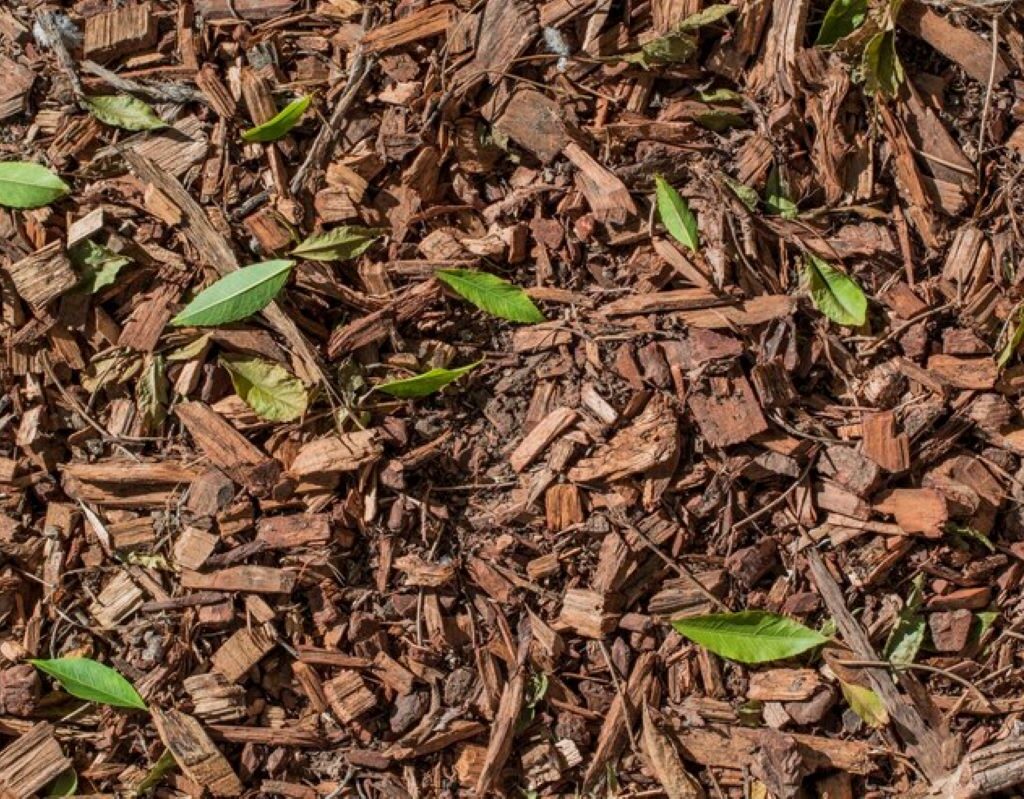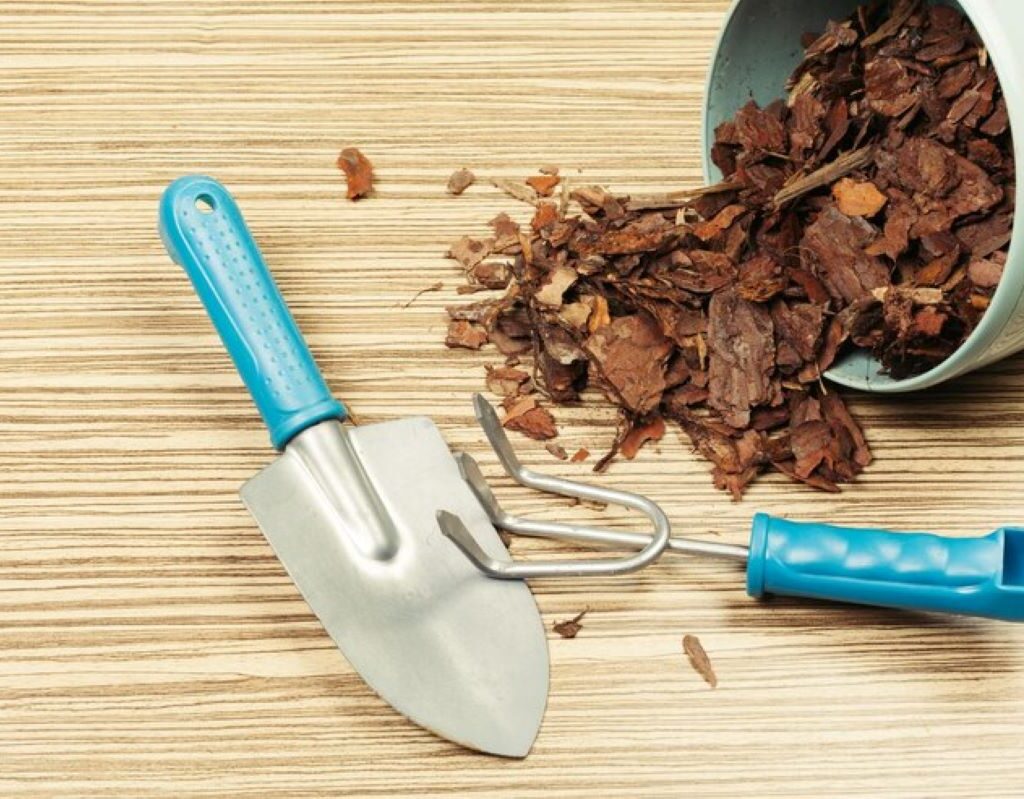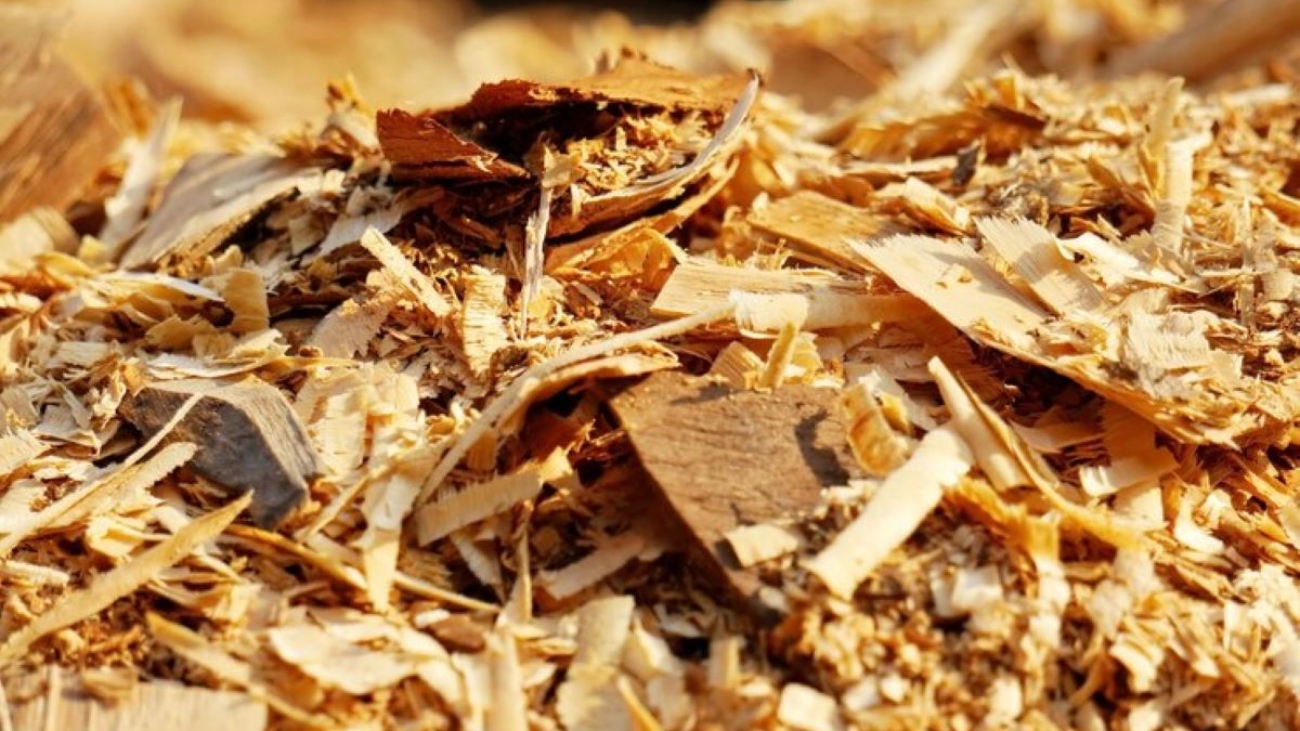Garden mulch is not just an aesthetic feature; it’s an essential component for nurturing a healthy yard. Understanding how to use it effectively can set your plants up for success. In this article, we will explore the importance of mulch, the types available, how to select the right one for your needs, and best practices for application.
Understanding the Importance of Mulch for Your Garden
wood chips mulch plays a critical role in garden health, providing various benefits that improve soil quality and plant growth. By learning more about its functions, you can appreciate its value and use it more effectively in your own garden.
The Role of Mulch in Soil Health
One of the primary benefits of mulch is its ability to enhance soil health. It acts as a barrier against extreme temperatures, helping to keep the soil cooler in the summer and warmer in the winter. This temperature regulation is crucial for maintaining an optimal environment for beneficial microbes.
Furthermore, mulch assists in retaining moisture, which can significantly reduce the need for frequent watering. By limiting evaporation, it ensures that your plants have access to the water they need, especially during dry spells. This moisture retention is particularly beneficial for young plants and seedlings, which are more vulnerable to fluctuations in water availability. In addition, a well-mulched garden can help prevent soil erosion, as the layer of mulch protects the soil surface from heavy rains and wind, preserving the structure and nutrient content of the soil.
Mulch and Plant Growth: A Vital Connection
Mulch supports plant growth by suppressing weeds that compete for nutrients and moisture. In a well-mulched garden, weeds tend to struggle, allowing your plants to thrive with less competition.
Additionally, as organic mulch breaks down over time, it enriches the soil with nutrients. This slow release of organic matter feeds plants, promotes healthy root development, and enhances overall garden vitality. The decomposition process also improves soil structure, making it more porous and allowing for better air circulation and drainage. This is particularly important for root health, as compacted soil can lead to stunted growth and increased susceptibility to disease. Moreover, certain types of mulch, such as wood chips or straw, can attract beneficial organisms like earthworms, which further contribute to soil aeration and nutrient cycling, creating a thriving ecosystem in your garden.
Different Types of Garden Mulch
Choosing the right type of mulch is essential for maximizing its benefits. There are two main categories: organic and inorganic. Each type has its own set of advantages and potential drawbacks.
Organic Mulch: Pros and Cons
Organic mulches, such as shredded bark, straw, leaves, and grass clippings, are derived from natural materials. Their primary advantage is that they improve soil health as they decompose, providing essential nutrients for your plants.
However, organic mulch requires regular replenishing, as it breaks down over time. It can also attract pests if not managed properly, especially if it becomes overly damp or decomposed. Additionally, organic mulches can enhance the aesthetic appeal of your garden, offering a natural, earthy look that complements the surrounding flora. They also help in regulating soil temperature, keeping it cooler in the summer and warmer in the winter, which can be particularly beneficial for sensitive plant roots.
Inorganic Mulch: Pros and Cons
Inorganic mulches, such as gravel, stones, and landscape fabric, offer a long-lasting alternative to organic options. They do not decompose, which means less frequent replacement is needed.
Nevertheless, inorganic materials can retain heat and may not contribute to soil nutrition. They also lack the benefits of moisture retention offered by organic mulches. Furthermore, while inorganic mulches can be effective at controlling weeds, they may create a barrier that prevents water from penetrating the soil effectively, especially if not layered correctly. It’s important to consider the specific needs of your plants and the local climate when selecting inorganic mulch, as some plants may require more moisture than others. Additionally, the choice of color and texture in inorganic mulch can significantly influence the overall design and feel of your garden space, allowing for creative landscaping possibilities.
How to Choose the Right Mulch for Your Garden
When deciding on the best mulch for your garden, consider several factors that can influence your choice. Tailoring your decision to suit your garden environment will help you achieve optimal results.
Factors to Consider When Selecting Mulch
- Plant Type: Different plants may have specific needs; for example, some prefer a more acidic medium.
- Climate: Hotter climates may benefit from mulches that retain moisture, while cooler regions may need materials that help retain heat.
- Aesthetics: Think about how the mulch will look in relation to your garden’s design.

Matching Mulch to Your Specific Garden Needs
Each garden is unique, which means that your mulch choice should reflect the specific challenges and goals of your space. For instance, if you’re dealing with heavy weed presence, a thicker organic mulch may be necessary.
In contrast, if you want a low-maintenance option, inorganic mulches may suit you better. Furthermore, consider the time you can commit to maintaining your garden—this will play a role in your choice of mulch.
Additionally, think about the source and sustainability of the mulch you choose. Many gardeners are now opting for eco-friendly options such as recycled rubber mulch or sustainably sourced wood chips. These choices not only help reduce waste but also contribute to a healthier environment. Furthermore, some organic mulches, like straw or grass clippings, can be sourced directly from your own yard, making them both cost-effective and sustainable.
Another important aspect to consider is the breakdown rate of the mulch. Organic mulches, while beneficial for soil health as they decompose, will need to be replenished more frequently than inorganic options. Understanding how quickly your chosen mulch will break down can help you plan for future maintenance and ensure that your garden remains healthy and vibrant throughout the growing season.
Proper Application of Mulch in Your Garden
Applying mulch correctly is just as vital as choosing it wisely. Proper application will ensure that you reap the full benefits it offers.
When and How Often to Apply Mulch
The best time to apply mulch is during the growing season, typically in spring or early summer. This timing enables plants to benefit from the moisture retention and weed suppression that mulch provides as they enter their active growth phase.
As organic mulch decomposes, you may need to replenish it annually or biannually, depending on the type and thickness of the layer you initially applied. Check out more about Why You Should Consider Bark Mulch for Your Landscaping Project
Techniques for Mulch Application
Start by preparing the area: remove any weeds or old mulch before applying a fresh layer. Aim for a mulch layer that is around 2-4 inches thick. This depth will effectively suppress weeds and retain moisture while allowing air to circulate.
When applying mulch around trees or large plants, ensure you do not pile it too high against the trunks, as this can encourage rot and pest infestations. Instead, create a donut shape around the base of the plant, keeping the area around the trunk clear.
Common Mistakes to Avoid When Using Mulch
While mulch can be beneficial, there are common pitfalls to avoid to ensure your efforts yield the best results for your garden.

Over-Mulching: Risks and Prevention
One of the most prevalent mistakes is applying too much mulch. More is not necessarily better, as an overly thick layer can suffocate roots, impede water penetration, and create a moist environment favorable for pests and diseases.
To prevent over-mulching, monitor the thickness of your mulch layer and adjust accordingly, especially if adding new layers to existing mulch.
Avoiding Mulch Volcanoes Around Trees
Another common error is creating mulch “volcanoes” around tree trunks. This occurs when mulch is piled high against the base of trees, leading to moisture retention that can cause root decay and attract pests.
To avoid this issue, ensure that mulch is spread evenly around the tree and kept at least a few inches away from the trunk.
By understanding how to make the most of garden mulch, you can create a thriving yard that supports healthy plants and soil. Happy gardening!

